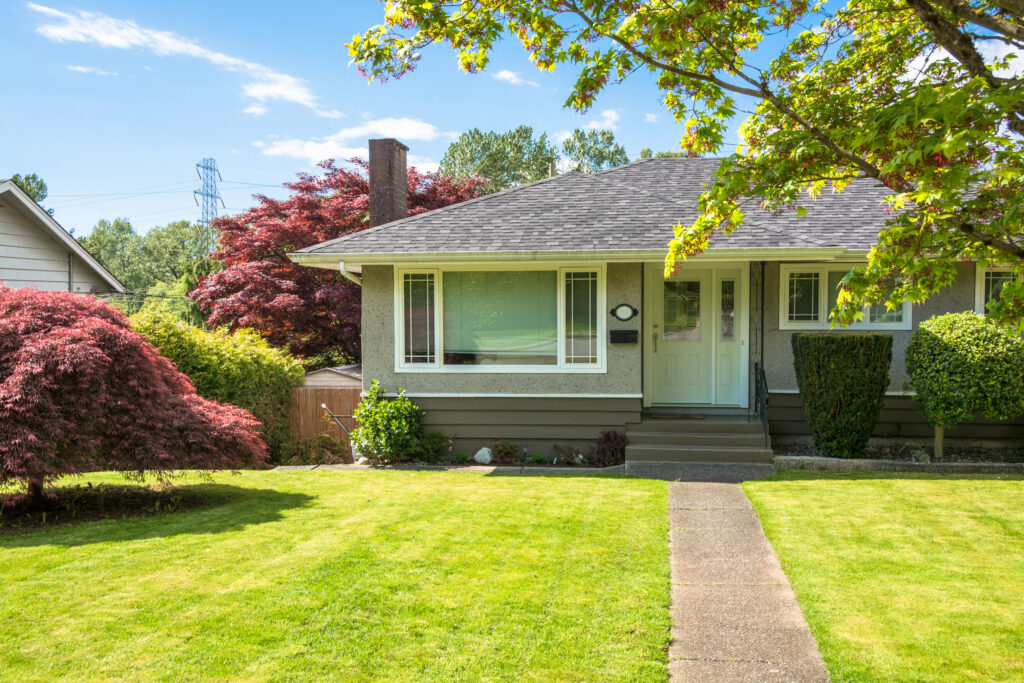There are several clues, and the biggest one is age. If your roof is more than 20 years old, there’s a good chance it’s due for replacement. But younger roofs can fail too, so it’s a good idea to inspect a roof at least once a year.
Synthetic Underlayment is typically used in mostly shingle roofing as a release between the two materials, wood and asphalt. Also, think of it as a lightweight protection against any damage on a stormy day. Let’s say a shingle or a tile should break in a storm. If the roof has a layer of synthetic underlayment over it, it has a secondary layer of protection that will resist the driving rain. It is also much stronger, and lasts longer than traditional felt paper, which makes for less possibility of damage during installation and throughout its life on your roof
Asphalt Shingles (composition) are the most popular of roofing materials. They offer a home good protection, and they come in a variety of shapes, styles and colors. While not as long lasting as tile or metal roofs, asphalt shingles typically protect your house in the 20 to 40 years range depending on the quality of material and installation and are relatively easy to repair. The quality of shingles also affects how long the manufacturer’s warranty will be. With shorter life expectancies, asphalt shingles also have shorter warranties.
Yes, Orlando Roofing Company is Florida State Certified Roofing Contractor. Our license/certification number is CCC1330550. We are also a Florida State Certified Building Contractor. Our license/certification number is CBC 060546.
Yes, we are bonded.
Yes, we are insured for $1,000,000.00 per incident, and $2,000,000.00 aggregate.
Not necessarily. Leaks can result from flashings that have come loose or a section of the roof system being damaged. A complete roof system failure, however, generally is irreversible and a result of improper installation or choice of materials or the roof system installation is inappropriate for the home or building.
Most new roof systems are designed to provide useful service for about 20 years. Some roof system types, such as slate, clay tile and certain metal (e.g., copper) systems, can last longer.
Actual roof system life span is determined by a number of factors, including local climatic and environmental conditions, proper building and roof system design, material quality and suitability, proper application and adequate roof maintenance. It is a proven fact that you can get as much as 10 years additional life from your roof, simply by having an annual roof inspection completed.
Roofing product manufacturers offer a variety of warranties on their products. Take a close look at those warranties to see what responsibilities and financial obligations manufacturers will assume if their products fail to reach their expected lives.
Yes we do.
There are many different types of roofing materials and each type will have its own warranty term, varying from 15 years all the way up to 50 years. Other factors such as geographical location, ventilation and weather damage can reduce the life of your roofing. When in doubt, have a roofing contractor perform an inspection to determine if it is time to replace your roof.
It is possible to overlay a new roof over an old roof once, as long as it is a shingle roof. Have your old roof inspected by a professional contractor to asses if the old layer is damage free and appropriate for an overlay.
Many roofing companies will have an estimator come to your home and take measurements of the roof. Square footage, roofing material quality, slope and ventilation needs will be some of the determining factors that they use for the estimate.
Typically up to two months. Claims can be settled quickly, however, in the case of a large catastrophic storm there will be many claims and setting up an appointment with an insurance adjuster could take more time.
Clay and cement tile roofing has a life expectancy of 50 years. With proper maintenance it can stretch far longer than that.
Each roof is different depending on its condition and the climate it is in, but on average, tiled roofs are sealed every 3-5 years. This process waterproofs the tiles against micro fracture leaks, as well as preventing color fade from UV rays and mold and mildew growth. It is always best to refer to the sealant manufacturer’s recommendation for reapplication timelines.

